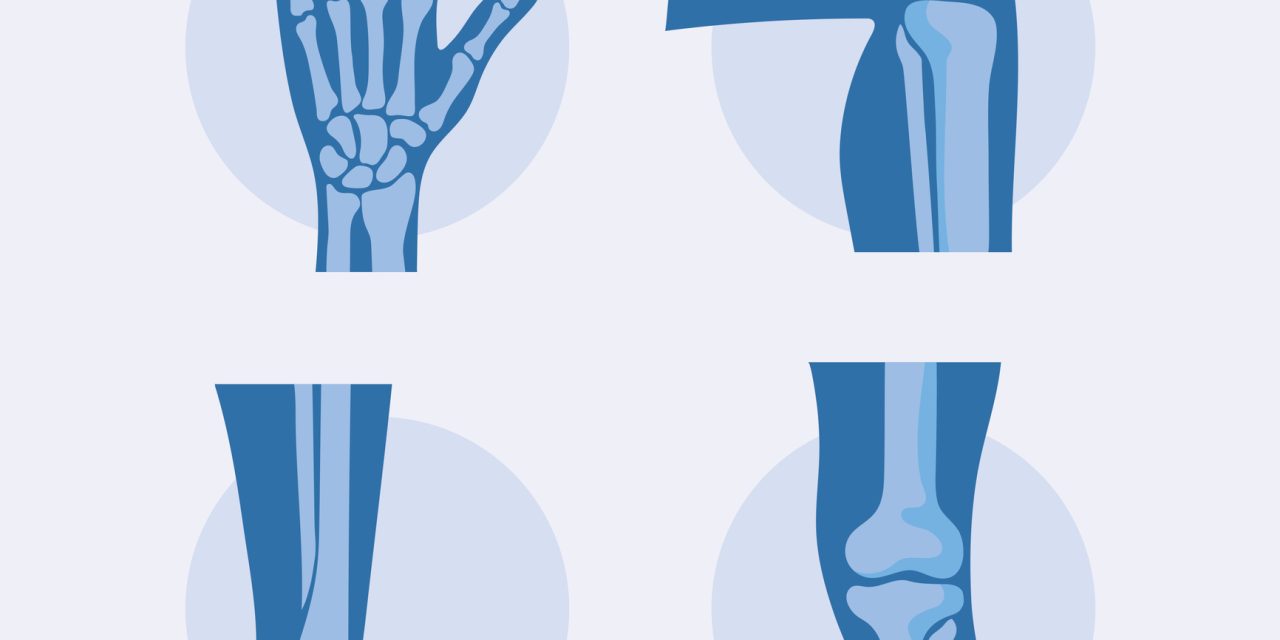To comprehensively synthesise the evolution of health‐economic evaluation models (HEEMs) of all OA interventions including preventions, core treatments, adjunct non‐pharmacological interventions, pharmacological and surgical treatments. The literature was searched within health‐economic/biomedical databases. Data extracted included: OA type, population characteristics, model setting/type/events, study perspective, comparators; and the reporting quality of the studies was assessed. The review protocol was registered at the International Prospective Register of Systematic Reviews (registration: CRD42018092937).
Eighty‐eight studies were included. Pharmacological and surgical interventions were the focus in 51% and 44% studies, respectively. Twenty‐four studies adopted a societal perspective (with increasing popularity after 2013), however most (63%) did not include indirect costs. Quality‐adjusted life years (QALYs) was the most popular outcome measure since 2008. Markov models were used by 62% of studies, with increasing popularity since 2008. Until 2010, most studies used short‐to‐medium time horizons; subsequently a lifetime horizon became popular. Eighty‐six percent of studies reported discount rate(s) (predominantly between 3% and 5%). Studies published after 2002 had a better coverage of OA‐related adverse events (AEs). Reporting quality significantly improved after 2001.
OA HEEMs have evolved and improved substantially over time, with focus shifting from short‐to‐medium‐term pharmacological decision‐tree models to surgical‐focused lifetime Markov models. Indirect costs of OA are frequently not considered, despite using a societal perspective. There was a lack of reporting sensitivity of model outcome to input parameters including discount rate, OA definition, and population parameters. Whilst the coverage of OA‐related AEs has improved over time, it is still not comprehensive.


